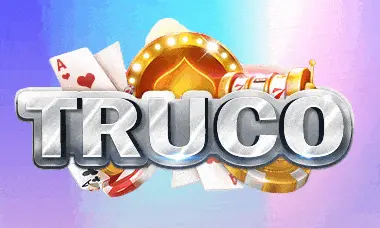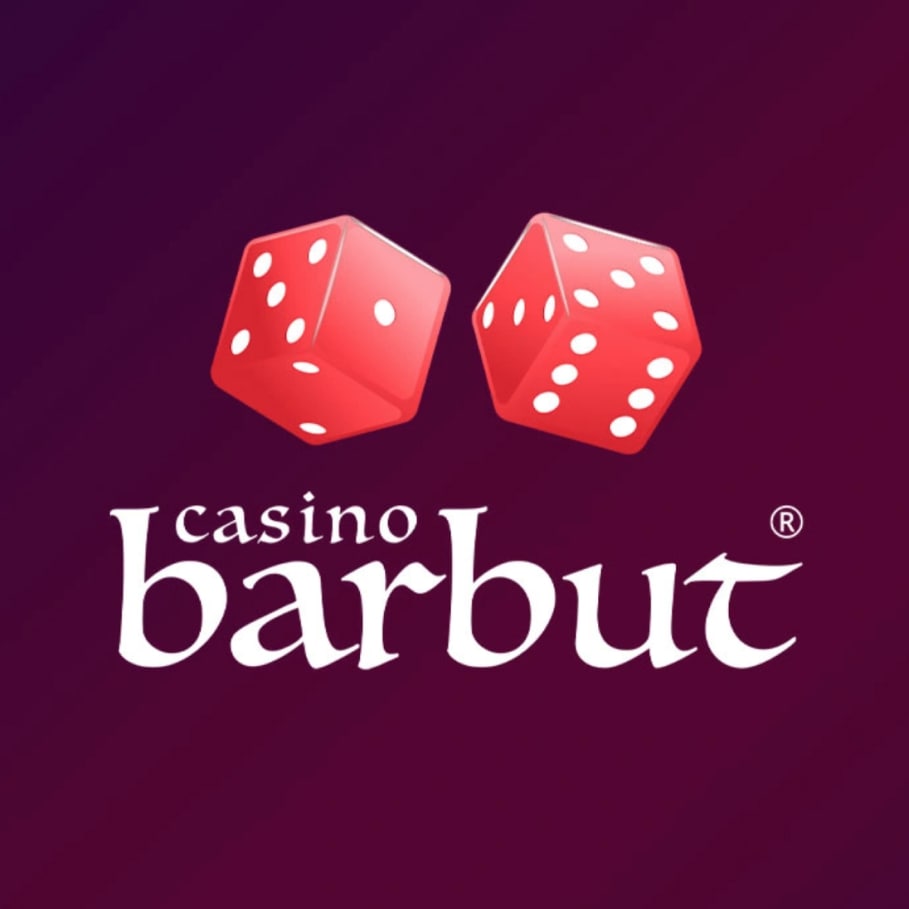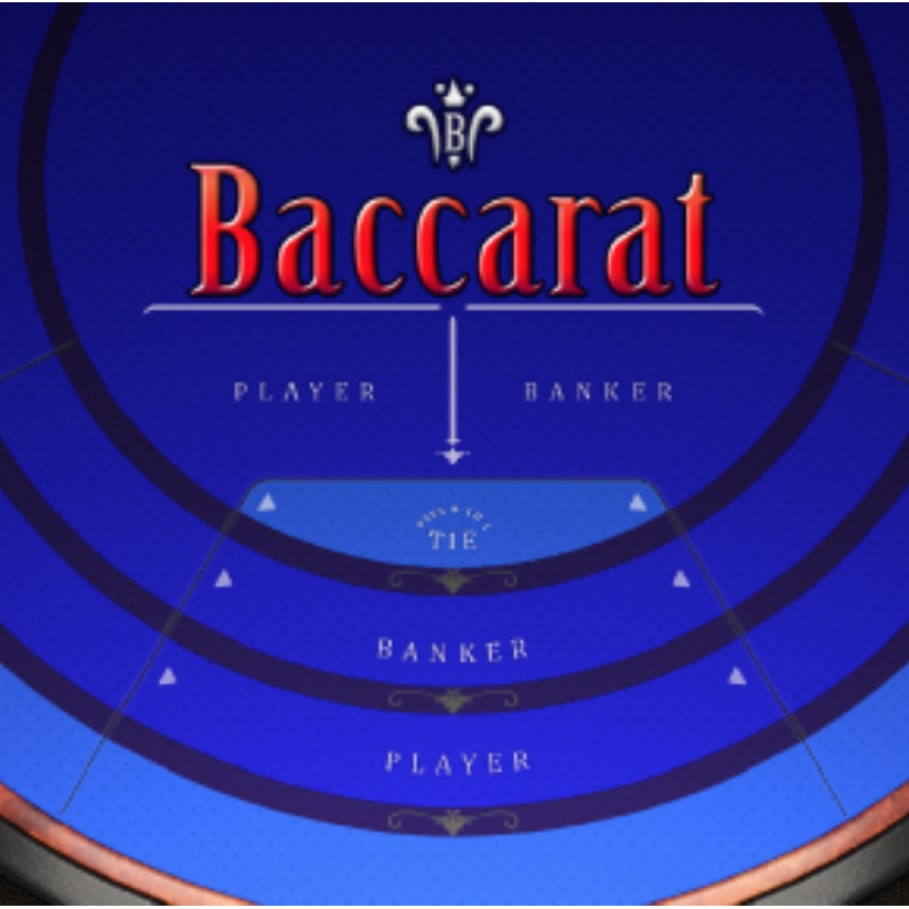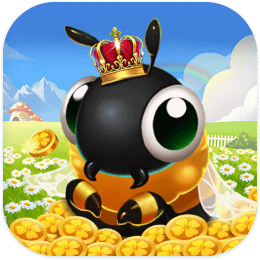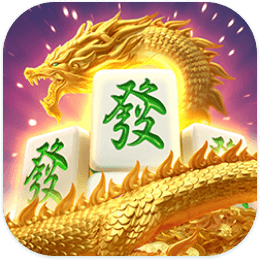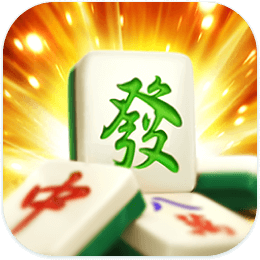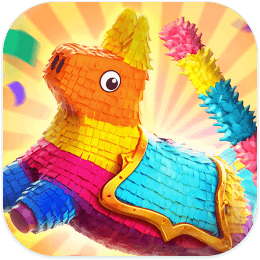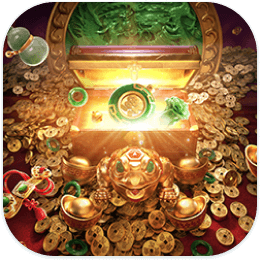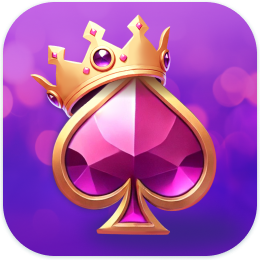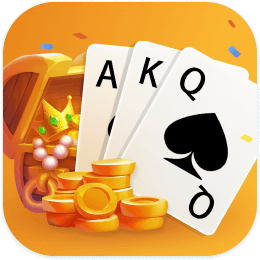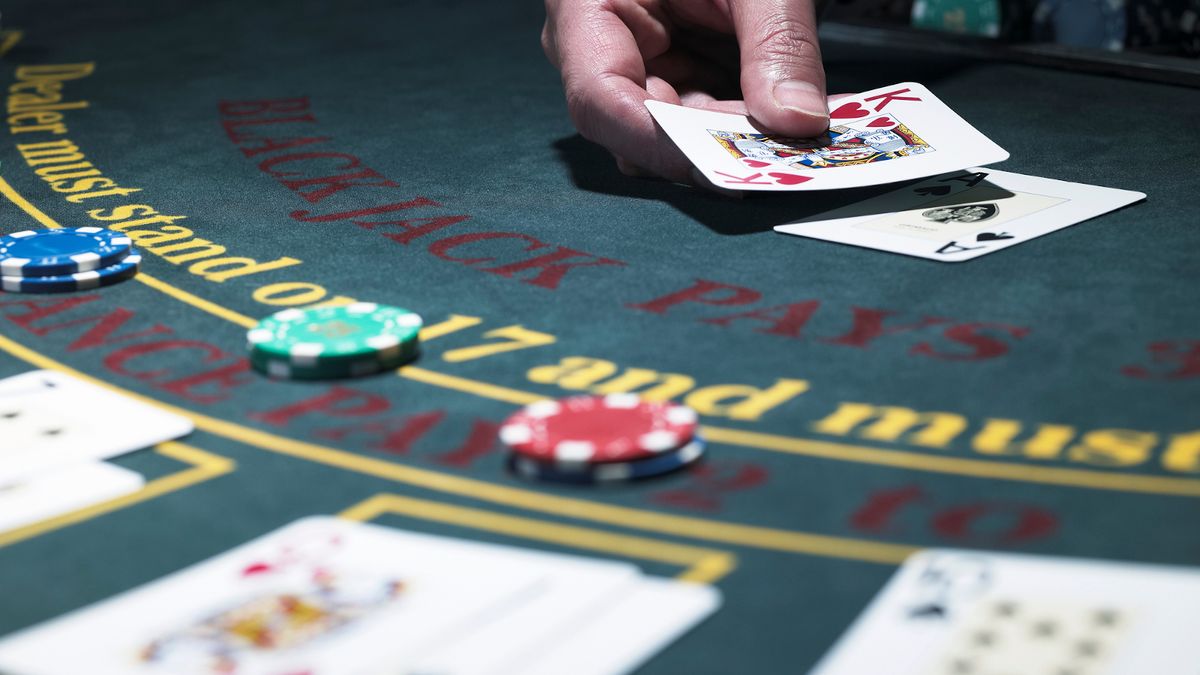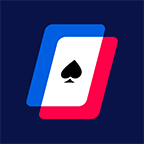HOW TO COUNT CARDS (THE EASY WAY)

I’m not smart, but I love playing blackjack in Las Vegas. I’ve developed an easy way of how to count cards that is 85% aa effective as the traditional way.
I love Las Vegas. I’ve probably been 20 times. I gamble every time I go. I’ve also been to casinos in a handful of other countries including Macao.
I started playing online poker when I was 16 years old, a junior in high school. I’ve played hundreds of online poker tournaments.
Nowadays, I play Blackjack. I absolutely love the strategy involved. You can beat the dealer.
Counting cards makes that possible and I’m going to teach you how.
Counting cards is legal. After all, why would it be illegal? Being a brainiac isn’t illegal. Neither is being a statistician. Counting cards takes immense concentration and addition/subtraction skills.
If the casino discovers you are counting cards…well, they break your legs and let you crawl away. Obviously, that doesn’t happen. It’s not like the movies. At least no more.
Instead, they will ban you from playing and all surrounding casinos will ban you. Unless the casino that caught you doesn’t tell the competition, encouraging you to go there.
It’s extremely easy to tell if a player is counting cards even before they make money.
I’m not a true card counter. Instead, I developed a version that makes it easy to count cards while getting distracted by alcohol, women, your friends asking for help playing Blackjack, etc.
First, I will explain how traditional counting cards work. Then, I will share my modified strategy on how to count cards.
How To Count Cards (The Hard Way)
It’s really quite simple.
You will keep a running count in your head at all times that tells you how many 10’s and Aces are still in the deck(s).
If an Ace, King, Queen, Jack, or Ten appears on the table then subtract one (-1).
If a 9, 8, or 7 appears on the table then neither subtract nor add (0).
Finally, if a 6, 5, 4, 3, or 2 appears on the table then add one (+1).
For example, in a single-deck game, what would the count be after the following cards were dealt on the first round: 5, 2, K, A, 10, 9, K, J, 8, 7, Q
Negative four (-4).
Here’s how: 5 (+1), 2 (+1), K (-1), A (-1), 10 (-1), 9 (0), K (-1), J (-1), 8 (0), 7 (0), Q (-1).
This is how you would process it one-by-one in your head while keeping a running count: +1+1=(+2)-1=(+1)-1=(0)-1=(-1)+0=(-1)-1=(-2)-1=(-3)+0=(-3)+0=(-3)-1 = (-4).
Now, if you had a typical eight-deck game, then you would have to calculate something called the true count. That is, you would divide the running count by the number of decks.
In this case, you would divide negative four by eight and get negative half or -0.5.
Negatives are bad, positives are good.
When you have a positive count, you bet large as the probability to get a blackjack increases thus shifting the likelihood of winning the hand to the players’ side.
When you have a negative count, you bet the table minimum as the probability to win the hand goes to the dealer.
Most players bet consistently. One sign of a card counter is when he goes from betting the table minimum to betting the table maximum, or any bet much higher than his average bet.
Modified Card Counting Strategy
Because I am so stupid and cannot keep a running count in my head with all the distractions, I use my chips to keep the estimated count for me.
Every time I see a +1 card (10, J, Q, K, A), I’ll keep track until I get to 5, then I will move one chip to the left side of my stack.
Essentially, I am only counting how many cards with a value of 10 or 11 have been shown.
So, if I have 10 chips to my left, I know the count is 50.
Then, I have to estimate how much of the current deck is left for play. This is easy because the player can see the remaining deck in the shoe in most casinos.
While 50 is terrible if 60 cards have been dealt, it’s fantastic if 200 cards have been dealt.
Here’s why:
The probability that a card with a value of 10 or 11 comes out is about 40%. That is the number of cards valued at 10 or 11 (10, J, Q, K, A) divided by the total possible cards or 13. So 5/13 equals 38%.
This is important because as your count will not be exactly accurate, we add in two conservative crutches.
First, we keep a mental note of about how many 10s or 11s have come out and if that number is above or below 40%.
The average amount of cards dealt per hand per player is about 3. So if only one 10 or 11 comes out per hand, this is below average. If 2 or more come out, this is above average. For the math geeks, the average is 1.14 cards (38% (percentage of 10s and 11s in the deck) * 2.9 (average dealt hand)).
You will only get an approximate here, but it doesn’t matter for now.
The second crutch is that when we lose count, and we will often lose count, the count in my head goes to zero thus making our count more conservative thus only allowing us to bet big when we know for damn certain the deck is hot (ie positive count).
For example, let’s say we have a count of 50 (ie 10 chips to our left) and a count of 4 in our head when the hand ends and the dealer collects the cards on the table.
Then let’s say our friend says something histerically funny while an attractive cocktail waitress asks us what we want to drink. Surprisingly, we forgot the number (four) in our head. That’s ok. The next round you will start with a count of 0.
Circling back to why a count of 50 is bad if 60 cards were dealt, but good if 200 cards have been dealt is because..wait, do you already know why? Tell me in the comments now before reading the below. I want to see if you can explain it better than me.
It’s because 83% of the 60 dealt cards were 10s or 11s. This is well above the average of 38%. That means the odds of winning have drastically swung in favor of the dealer because we’re less likely to get a Blackjack.
At 200 dealt cards, this represents only 25% of the dealt cards have been 10s or 11s. As this is well below the average of 38%, it must mean that there are a high proportion of 10s and 11s still in the deck.
Ready…
To take it a step further, the average eight-deck blackjack game has 416 cards (8 decks * 52 cards per deck).
If 200 cards have already been removed, we have 216 cards left (416 cards to start – 200 cards already dealt). And we know that to start there are 160 cards with a value of 10 or 11 in the deck.
In this example, we have 110 cards with a value of 10 or 11 yet to be dealt (160 starting cards valued at 10 or 11 (minus) 50 cards valued at 10 or 11 already dealt). That represents an incredible amount.
It means that 51% of the remaining deck is 10s or 11s (110 cards in deck valued at 10 or 11 (divided by) 216 cards remaining in deck).
As this is well above the 38% average, the deck is hot and you should be betting a higher amount as your odds of winning have greatly improved.
Actually, I went a bit crazy. True card counting requires that type of math. But as we are working in conservative estimates, there is a much easier way.
The Easy Way To Counting Cards
Now that you read all of the above, here is an easier version.
Keep track of the number of cards valued at 10 or 11 that have already been dealt. Compare that to the number of remaining cards left in the deck.
Obviously, any card counting strategy is useless against a continuously shuffled deck, a common machine outside of Las Vegas.
But assuming you can see the cards in the shoe (the thing that the dealer puts the cards to be dealt in), then the above strategy works.
What I do to make it really easy is this:
I know that there are 160 cards valued at 10 or 11 in an eight-deck game. I keep track of the 10s and 11s that are dealt and when the remaining cards in the shoe get to about 50% left, I compare to my count and bet accordingly.
So, if we get to about 50% of the remaining cards as measured by my eyeballs and 1) I have a count of less than 60, I’ll bet big 2) I have a count of more than 80, I’ll continue betting the minimum.
This is because if 80 cards are dealt at this time, the deck is neither hot nor cold because we’re 50% through the deck and we’ve seen 50% of the 10s and 11s.
Dannybooboo, Have You Actually Made Money With The Above Strategy?
Yes. I win about 60% of the time I sit down.
The conservative crutches are the key. They limit or eliminate any errors made in my estimations while playing. They also make me miss out on some “hot” decks.
However, they let me enjoy the experience more. If I was truly counting cards, it’d become like a job. I would not drink while playing and I would limit distractions like talking with the dealer or friends or the cute girl who sat down next to me.
God speed and good luck!
- Share:
- FacebookTwitterEmail
It’s time to rethink who holds the purse strings. A documentary and solution for excessive government waste. - Share:
- FacebookTwitterEmail
A notably neutral account of one of history’s most controversial figures, Pablo Escobar, written by his son. My commentary will make some uncomfortable. - Share:
- FacebookTwitterEmail
A multi-millionaire taught me a conservative and nearly passive options trading strategy. My record is 100%. This is easy. 74. 1 Comment
- DATING ADVICE FOR WOMEN
- WHY I DON’T WATCH THE NEWS
Use these Blackjack Strategy Charts to learn the correct decision for every hand. Basic Strategy is the first step to beating blackjack with card counting
This site only collects related articles. Viewing the original, please copy and open the following link:HOW TO COUNT CARDS (THE EASY WAY)

